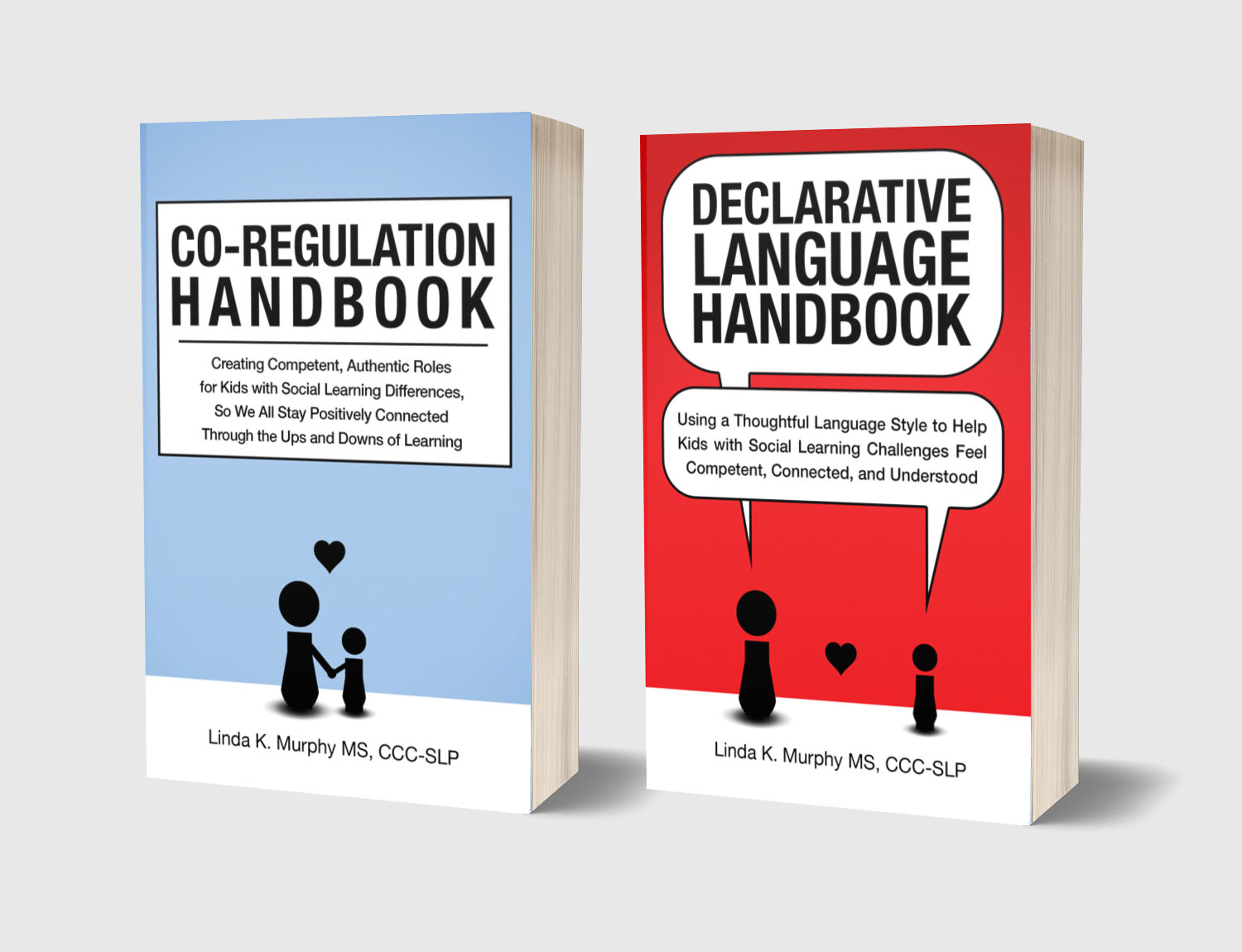Impulses!
I told a story about Charlie a few weeks ago. He is a sweet 6-year-old boy who strives to do his best, is hard on himself when he makes mistakes and has carved out a big place in my heart. One of his greatest challenges is managing impulses that can get him into trouble.
When Charlie is regulated and calm, he is thoughtful in his actions, uses language well to express his feelings, and shows care, curiosity, and affection for others. But … when he is off – maybe because he is tired, overstimulated, hungry, or worried – his impulses get the best of him. (See this post on interoception to learn more about how these types of physical states can be hard for some learners to process and respond to). He grabs things, bolts, says things that may be perceived as unsafe or unkind, and knocks things over. But this is not who Charlie is.
Using declarative language, his mother, Kim, and I teach him about himself so he develops self-awareness around both his strengths and the things that are hard. We know that as he understands himself better, he will become more independent in managing his impulses.
𝑻𝒉𝒊𝒔 𝒊𝒔 𝒕𝒉𝒆 𝒈𝒐𝒂𝒍. 𝑰𝒕 𝒊𝒔 𝒏𝒐𝒕 𝒂 𝒒𝒖𝒊𝒄𝒌 𝒇𝒊𝒙, 𝒃𝒖𝒕 𝒂𝒏 𝒊𝒏𝒗𝒆𝒔𝒕𝒎𝒆𝒏𝒕 𝒊𝒏 𝒉𝒊𝒔 𝒍𝒆𝒂𝒓𝒏𝒊𝒏𝒈 𝒋𝒐𝒖𝒓𝒏𝒆𝒚.
To teach him about impulses, we have used declarative language such as this: “An impulse is when you want to do or say something without thinking … Sometimes people can get hurt when we act on an impulse.”
Then, we share our episodic memories 𝑜𝑓 him 𝑤𝑖𝑡ℎ him using declarative language such as this: “I remember yesterday you had an impulse to run away from me in the parking lot. That wasn’t safe and I felt really worried that you might get hurt.”
As we share and reflect upon these memories with Charlie outside of the moment, it becomes easier to reach him in the moment. For example, when Kim or I see that now familiar glimmer in his eye -- that signals an approaching impulse -- we step in, name it, and guide him toward a better choice. All using declarative language.
Our conversation with Charlie might sound like this:
𝐊𝐢𝐦: Charlie, I notice you are thinking about something and I’m wondering if you are about to have an impulse.
𝐂𝐡𝐚𝐫𝐥𝐢𝐞: Yes! I want to run away!
𝐊𝐢𝐦: I’m so glad you told me what you were thinking. Let’s hold hands while we talk about this. I know you want to run, but I’m worried that if you run away from me right now, you might get hurt or bump into someone. That wouldn’t be good.
𝐂𝐡𝐚𝐫𝐥𝐢𝐞: But I want to run!
𝐊𝐢𝐦: I want to help your body get what it needs, but I also want you to be safe. Let’s walk together and find a place where it is safe for you to run.
Then, Kim and Charlie work together to meet his immediate needs, while keeping him safe.
In this example, Kim used declarative language to let Charlie know she heard him, allowed him space to advocate for his needs, and then helped him find a safe way to meet those needs. At the same time, her declarative language helped Charlie see the big picture and understand her feelings, and gave him an opportunity to practice self-control.
Give it a try and have a great week!
You can follow Charlie’s story in these other posts as well:
If you like my Sunday Snippets of Support, you can receive them directly to your inbox here.


